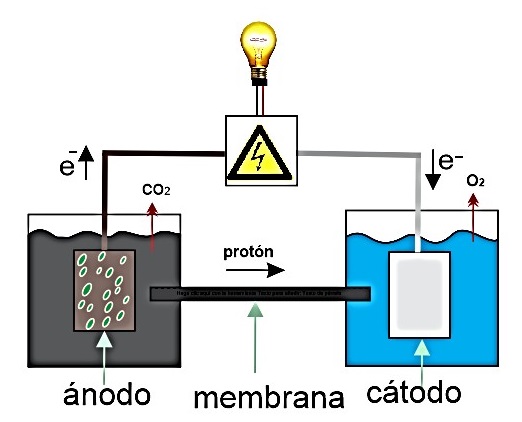Influencia de la disminución de Iodo para la obtención de voltaje a partir de Celdas de Combustible Microbianas de bajo costo
DOI:
https://doi.org/10.33017/RevECIPeru2018.0014/Keywords:
Microbial fuel cells, microorganisms, anode, cathode and voltageAbstract
Recently, great attention has been given to microbial fuel cells (CCM) due to their moderate operating conditions and the use of a variety of biodegradable substrates as fuel. The common microbial fuel cells consist of an anodic chamber and a cathode chamber separated by a proton exchange membrane. The microorganisms actively catabolize the substrate generating bioelectricity. These cells can be used as an energy generator for biosensors, giving this a great advantage for application in these types of devices. This paper presents microbial fuel lines, designed at low cost, in which the concentration of sludge has been varied, which was obtained from the oxidation lagoons of Covicorti, Trujillo-La Libertad. The values of the average voltage were reduced as the concentration of the mud decreases, from values close to 507.8 to 244.1 mV. The conductivity in the anodic chamber was around 14.5 to 7.75 μS / cm with a pH around 8.0. While in the cathodic carame a pH around 7.5 and a turbidity between 250 to 450 NTU was found, the values of current intensity and power density also decrease with the reduction of residual sludge. With this work, it is about giving a new way of manufacturing CCM in an innovative and economical way.


